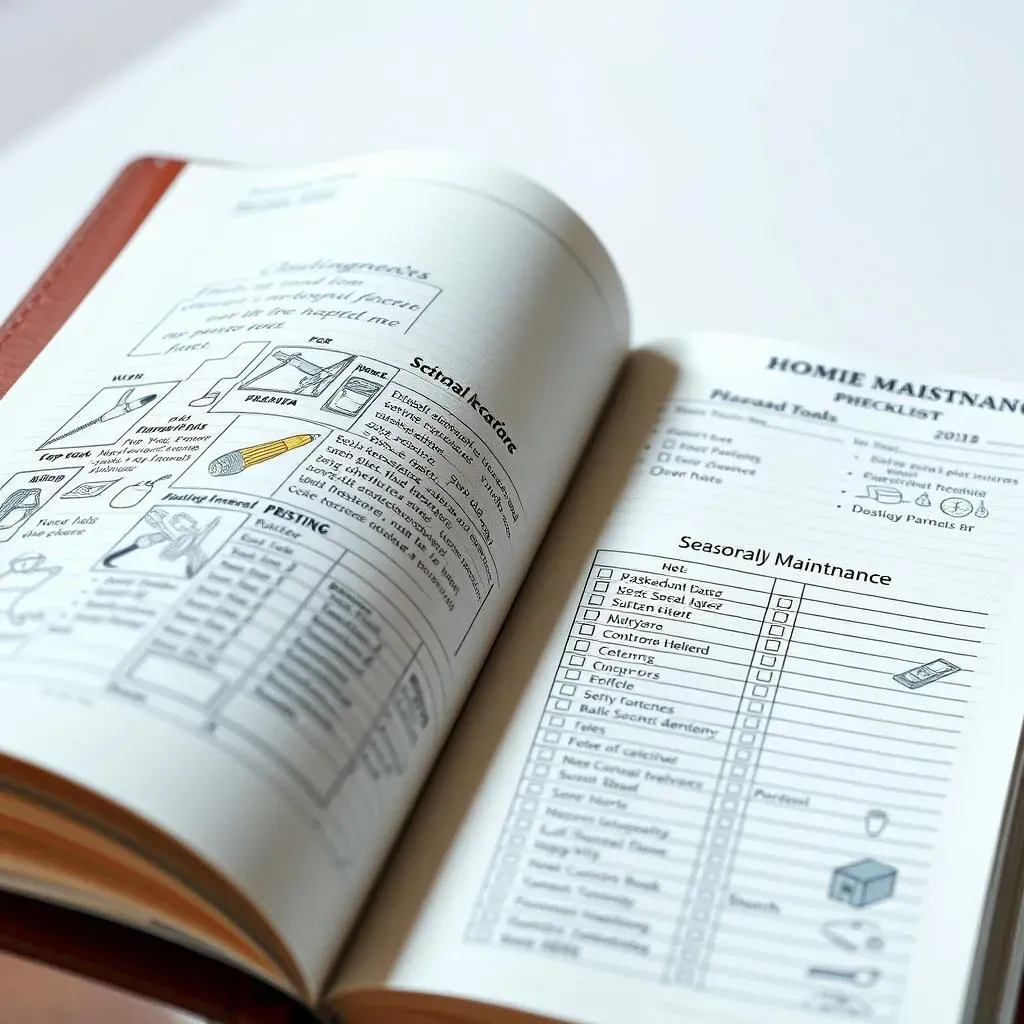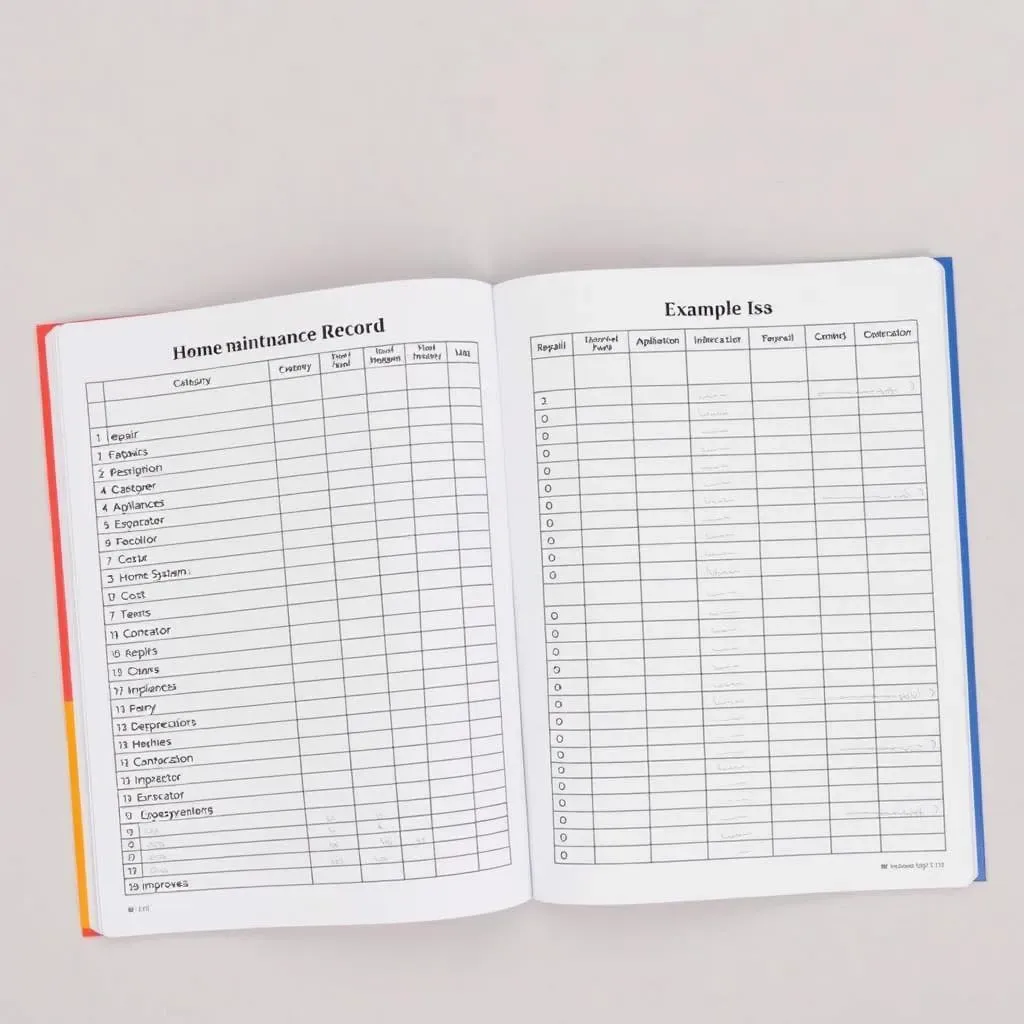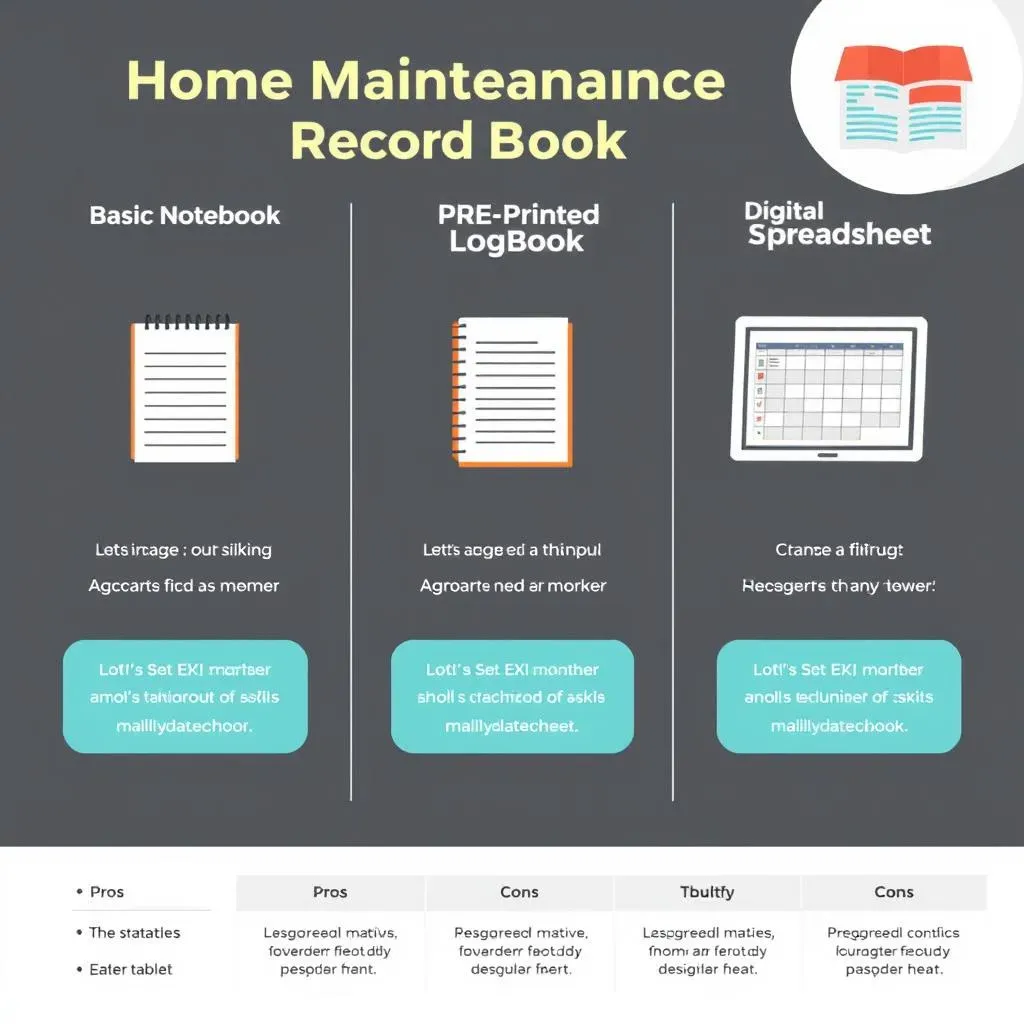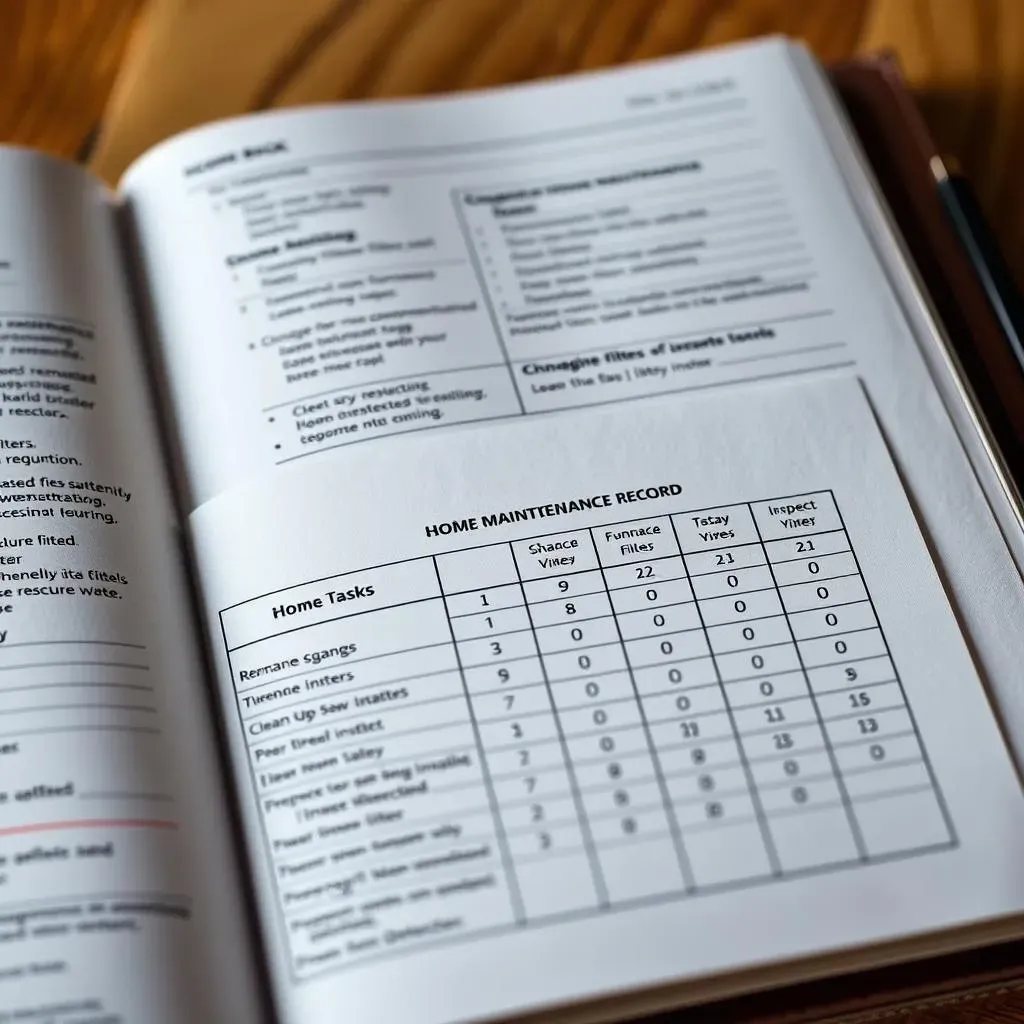Table of Contents
Ever feel like your house is a mystery, with its own secret life of creaks, leaks, and who-knows-what-else? You're not alone. That's where a home maintenance record book comes in, your trusty sidekick in the battle against home chaos. This isn't just about tracking repairs, it’s about getting to know your home, understanding its quirks, and planning its future. Think of it like a diary for your house, except instead of teenage angst, it’s filled with plumbing fixes and paint colors. In this article, we'll explore why you need one, what to keep tabs on, how to pick the perfect book, and most importantly, how to actually use it so it doesn't just collect dust on a shelf. Get ready to become the master of your home domain, one recorded repair at a time.
Why You Absolutely Need a Home Maintenance Record Book
Why You Absolutely Need a Home Maintenance Record Book
Okay, so you're probably thinking, "A record book? Seriously?" But hear me out. It’s not about being a super-organized, color-coded, label-making maniac (though, no judgement if you are!). It’s about being smart with your biggest investment – your home. Think of it like this: your car has a service log, right? You wouldn’t skip oil changes or ignore that weird noise, would you? Your house is the same, just way bigger and with more complicated issues. A home maintenance record book helps you keep track of all those little things that can turn into big, expensive problems down the road. Ignoring that leaky faucet now might mean a flooded basement later. It also helps you remember when you last cleaned the gutters. Trust me, your future self will thank you.
What to Track in Your Home Maintenance Record Book
What to Track in Your Home Maintenance Record Book
Alright, so you're convinced you need a home maintenance record book, but what exactly do you put in it? It's not just a place to scribble down random thoughts about your leaky roof. Think of it as a detailed log of your home's life. Start with the basics: dates of any repairs, who did the work, and how much it cost. Include big stuff like a new water heater or roof replacement, but don't forget the small things too, like when you changed the air filters or replaced a light fixture. It might seem like overkill now, but when you're trying to remember when you last had the chimney cleaned, you'll be so glad you wrote it down. It's all about creating a complete picture of your home's history.
Beyond the basic repairs, your record book should also be a place to keep track of your home's systems and appliances. Note the make, model, and serial number of your fridge, washer, dryer, and HVAC system. This information is gold when you need to call for repairs or look up warranty information. Keep track of when you had your furnace serviced, or when you replaced the water filter in your fridge. It's easy to forget these little things, but they're key to keeping your home running smoothly. Plus, if you ever decide to sell your home, having all this information in one place is a huge bonus for potential buyers.
Category | What to Include |
|---|---|
Repairs | Date, Description, Cost, Contractor (if applicable) |
Appliances | Make, Model, Serial Number, Purchase Date, Warranty Information, Service Dates |
Home Systems | HVAC Service Dates, Plumbing Checks, Electrical Work, Roof Inspections |
Improvements | Date, Description, Cost, Materials Used |
Choosing the Perfect Home Maintenance Record Book for You
Choosing the Perfect Home Maintenance Record Book for You
Okay, so you're ready to find your perfect home maintenance record book, but where do you even start? It's not like they all come with flashing lights and a "This is the one!" sign. It really depends on what works best for you. Some people love the simplicity of a basic notebook, while others want all the bells and whistles of a pre-printed logbook. Think about how you like to organize things. Are you a pen-and-paper kind of person, or do you prefer digital spreadsheets? Do you like having lots of space to write details, or do you prefer a more concise format? The good news is, there's a record book out there for everyone, you just need to find the right fit.
Consider the features that matter most to you. Do you need a book with specific sections for different parts of your house, like plumbing, electrical, and appliances? Some books come with checklists and prompts to help you remember what to track. Others are more free-form, allowing you to customize them to your needs. Think about the size of the book too. Do you want something small and portable, or a larger book that can hold more information? And don’t forget about durability. If you’re going to be using this book a lot, you’ll want one that can handle some wear and tear. Choose a book that you actually enjoy using, otherwise it’ll just become another forgotten item in a drawer.
Book Type | Pros | Cons |
|---|---|---|
Basic Notebook | Affordable, Customizable, Flexible | Requires more effort to organize, Can be less structured |
Pre-Printed Logbook | Structured, Organized, Prompts included | Less flexible, May not fit all needs |
Digital Spreadsheet | Easy to search, Can be backed up, Can share easily | Requires tech skills, Not as tangible |
Making the Most of Your Home Maintenance Record Book
Making the Most of Your Home Maintenance Record Book
Treat it Like a Living Document
Okay, you’ve got your home maintenance record book, it’s not some ancient artifact to be placed on a shelf and forgotten. It’s a living, breathing document that needs to be updated regularly. Don’t wait until your house is falling apart to crack it open. Make it a habit to jot down any maintenance tasks as soon as they happen. Did you fix that wobbly doorknob? Write it down. Did you finally get around to cleaning the gutters? Note it in your book! Think of it as a journal for your home's health, and like any journal, it’s most useful when it’s kept up-to-date. The more consistent you are, the more valuable your record book will become.
Don't Be Afraid to Add Details
When you're filling out your record book, don't skimp on the details. Instead of just writing "fixed leak," write down where the leak was, what caused it, and how you fixed it. Include the brand and model number of any replacement parts you used, and if you hired a professional, note their contact information and the cost. The more specific you are, the easier it will be to refer back to this information later. You might think you'll remember all the details, but trust me, a year from now, that "minor leak" will be a distant memory. Detailed entries are your best defense against future confusion and potential headaches.
“The key is not to prioritize what's on your schedule, but to schedule your priorities.” - Stephen Covey
Use It for Planning, Not Just Recording
Your home maintenance record book isn’t just for logging past repairs; it’s also a powerful tool for planning future projects. Use it to keep track of routine maintenance tasks that need to be done on a regular basis, like changing your furnace filter or cleaning your gutters. Schedule these tasks in advance and use your book to remind you when they’re due. It’s also a great place to brainstorm ideas for future home improvements or renovations. Sketch out your ideas, note down materials you might need, and track your progress. By actively using your book for planning, you’ll be able to stay on top of your home’s needs and avoid surprises.
Action | Frequency |
|---|---|
Change furnace filter | Every 3 months |
Clean gutters | Twice a year |
Inspect smoke detectors | Every 6 months |
Service HVAC system | Once a year |